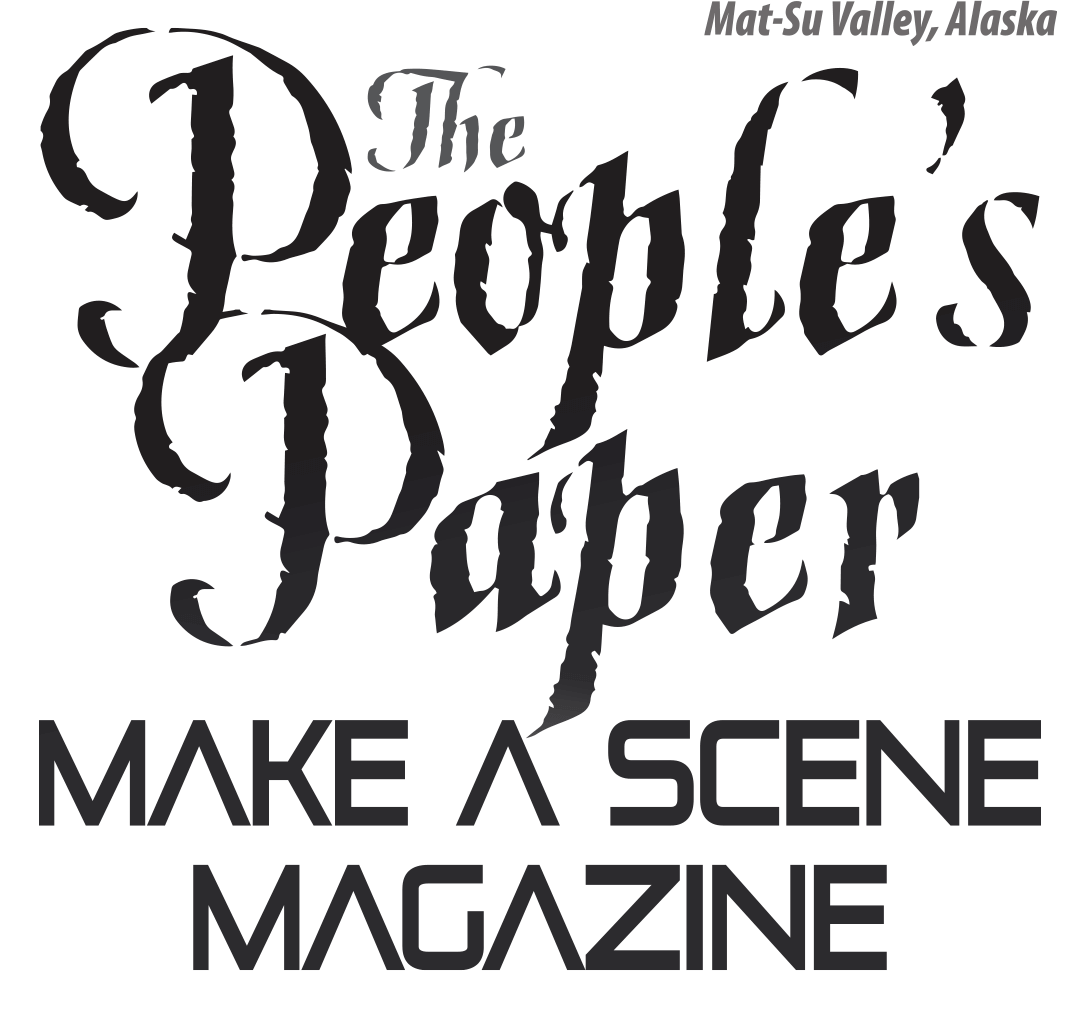Contributed by Beth Fread
Senator Michael Dunleavy has responded to his many constituents’ calls for cutting the budget, leaving the permanent fund alone and not looking for new revenues until the budget cuts are in place. Sen. Dunleavy went to the Legislative Finance Office and the Permanent Fund Corporation and asked them to “run the numbers” for a budget-cutting plan. After 2½ months of collaborative work, Senator Dunleavy began publicly sharing that plan in January.
The plan basically makes $1.1 billion in cuts, $300 million for 3 years and $200 million the final year, over governmental fiscal years (FY) 2018, 2019, 2020 and 2021. Existing end of FY17 reserves of about $13 billion fill in the 4-year plan’s shortfalls of $7.4 billion. In FY21, the remaining reserves are estimated to be approximately $15.6 billion. So, the plan uses reserves to carry us through the $1.1 billion in cuts and government still gains about $2.5 billion in reserves over that time.
The reason the reserves will grow as the legislature works on the plan is that they are statutorily replenished each year. For example, the earnings from the Permanent Fund Corpus (PF) are transferred into the PF Earnings Reserve on an annual basis. Because this is done annually, our essential services savings accounts continue to replenish themselves as we use them. That’s why our reserves can keep growing while we’re spending them.
In the meantime, Senator Dunleavy’s staff and others are carefully considering Alaska’s budget so that cuts can safely occur across a spectrum of governmental services. This process will allow us to minimize the impact on Alaska’s essential governmental services as defined by our constitution.
To ensure that we finish this process with a sustainable budget, the Senator and others, are developing bills that will reduce the constitutional appropriation limit. The current constitutional and statutory limiting algorithms result in a much higher budget limit than Alaska regularly spends. Modifying those calculations will provide a stronger control over governmental spending than we currently enjoy. Remember that the best part of this plan is that it includes no new or increased revenues (taxes, fees and fines), no Permanent Fund changes and cuts the budget.
The last two pieces of this plan are biennial budgeting (2-year) and a joint Legislative/Administration budgeting committee. Rather than receiving the governor’s budget, changing it, sending it back to the governor and having the governor send it back to the legislature or vetoing parts of it, the agreement will be reached in conference between the Administration and the Legislature. Just think of all of the special sessions that could be avoided using this method.
There are links to the documentation for this plan on Senator Dunleavy’s press release page for the plan. The address is: www.alaskasenate.org/2016/press/news/dunleavy-offers-path-to-fiscal-sustainability.
Please, go and read the Senator’s plan, and then become actively involved in supporting this common-sense strategy for cutting our way to a sustainable budget.
